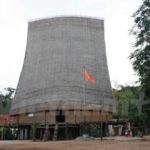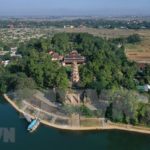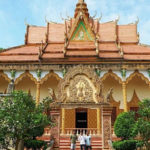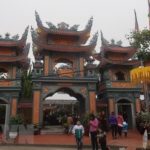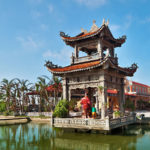If you ever come to the Seven Mountains range, you should not forget to pay a visit to the “Pagoda of Curved Ancient Trees”, which has the “most unique entrance gate” of An Giang. This pagoda is a must-see for anyone who visits the area. With its beautiful and unique architecture, it is sure to leave an impression on all who visit. Make sure to take the time to appreciate the intricate details of the entrance gate and explore the pagoda grounds.
The Prochum Meap Chhum Kiriram Pagoda, also known as Krang Kroch, is located in Chau Lang, Tri Ton, An Giang Province. It is the only Theravada temple in the province and is renowned for its row of ancient, curved trees extending from the gate to the inner sanctum. The pagoda has become so iconic that many locals refer to it simply as “Chua Hang Cong”.
 |
| Photo: NLD |
In the Khmer language, the Khmer phrase Prochum Meáp Chhưm Kiriram means “The Pagoda between the Mountains”. Similarly, Krang Kroch is derived from two Khmer words – “Krang”, which refers to a “high mound”, and “Kroch” which refers to a “forest pomelo”. These two words together depict the beauty of the Khmer culture and its harmonious association with nature.
In 1608, the Krang Kroch Pagoda was constructed atop a tall mound, surrounded by mountains and abundant with forest pomelos. At that time, entering the pagoda was no easy feat, as people had to traverse a rice field. It wasn’t until 1965 that the head monk Khunh Sa Rith oversaw the building of a pathway, which made it much easier to reach the pagoda. To further beautify the area, they also planted a variety of trees to create a stunning natural landscape for visitors.
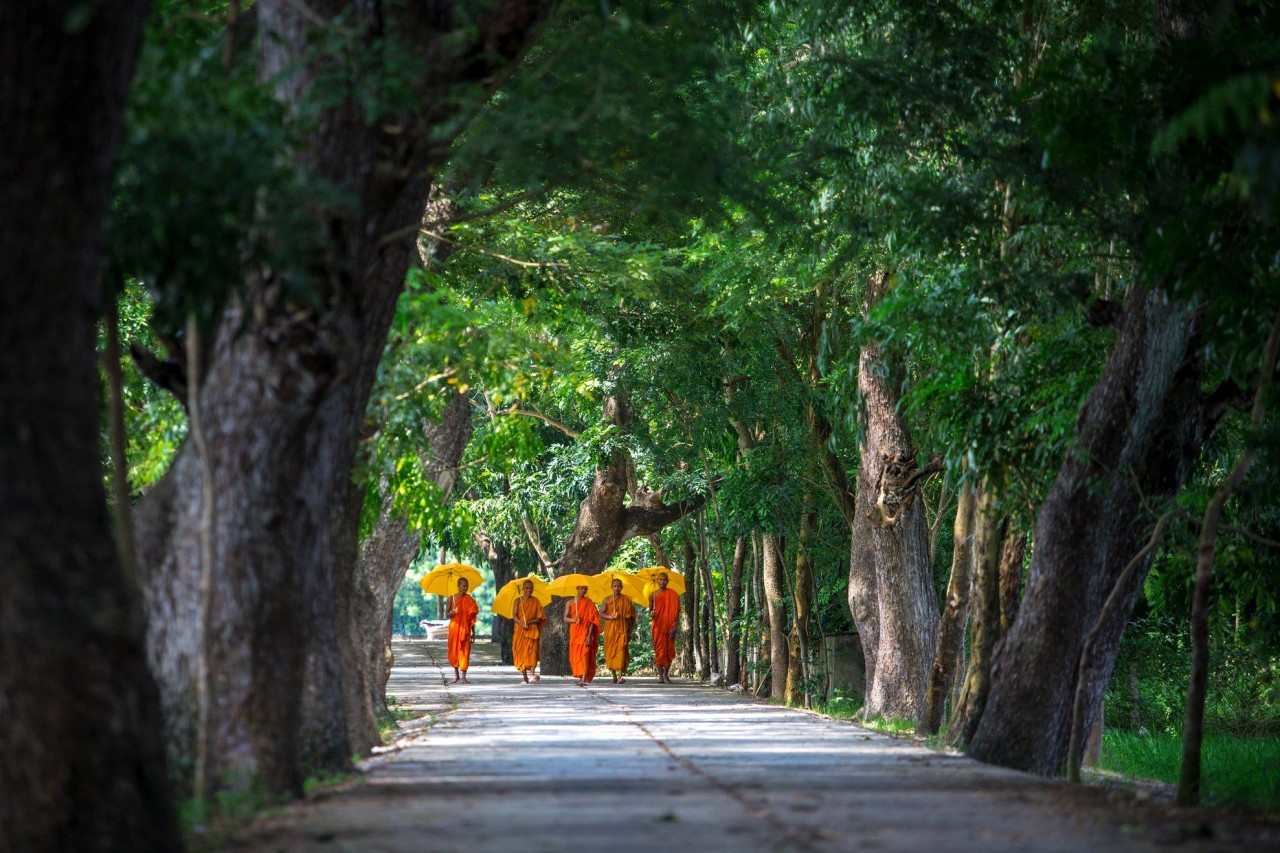 |
| Photo: Du lich mien Tay |
Before passing away, the revered head monk made it known that everyone should leave the trees untouched and allow them to grow naturally. In honour of his wishes and to preserve the wonderful gifts he had left behind, the people kept the venerable, ancient trees and planted new ones alongside them.
There are approximately 60 to 70 trees that have been living in this small pagoda, which is about 17,000 m2 in size. Over time, with the wars, some trees only retained their outer shape, but the inside gradually rotted away. The rest, however, remain standing strong, their branches reaching up to the wide sky.
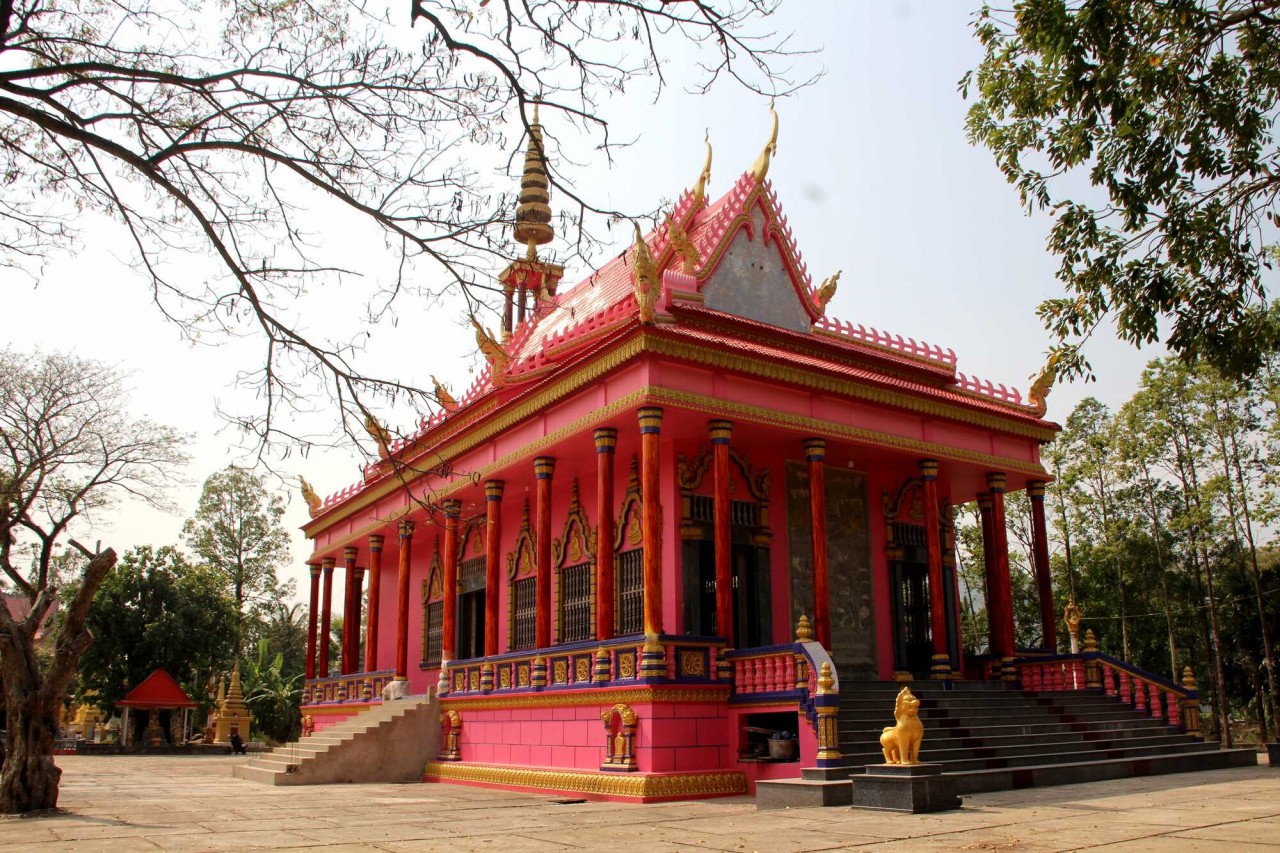 |
| Photo: NLD |
Each tree has a unique shape. Some stand tall and majestic in the sky, while others are as slender and graceful as bamboo trees. Trees have become an integral part of the pagoda and the lives of the local people living here. The stunning scenery of this destination draws a large number of tourists, who come to take the most picturesque photographs.
Even though it is old, the pagoda still retains its sophisticated architecture that has been carefully preserved by generations, evident in every pattern on the tower, the main hall, and the roof. Despite minimal restoration efforts, the site remains an impressive sight that is sure to draw the attention of tourists from all around the world should it be repaired and renovated in the future.
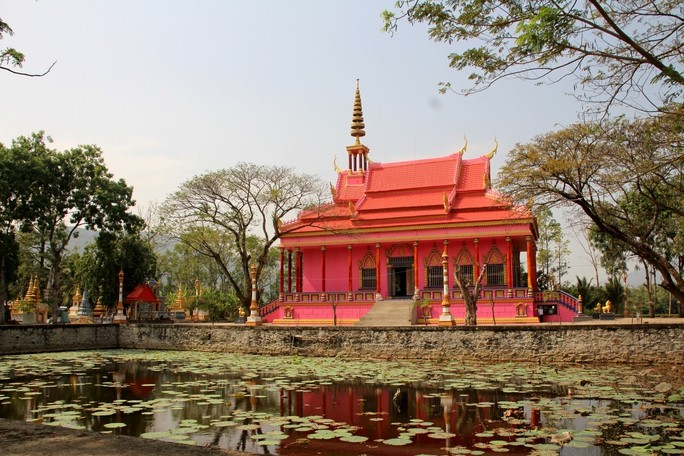 |
| Photo: NLD |
About the Bay Nui Mountain range, An Giang
Blessed with natural beauty, Bay Nui (also known as That Son) is rich in history and culture, making it a favorite destination for both local and foreign tourists. Located in An Giang Province, it stretches across Tri Ton and Tinh Bien Districts of the Mekong Delta. The literal translation of Bay Nui is “Seven Mountains.”
It is home to a variety of ethnic groups, including the Kinh and Khmer, and is steeped in historical and cultural richness. Visitors to Bay Nui can explore many exciting sites, such as the Linh Son Co Tu Pagoda, the Phan Thanh Gian Temple, the Son Tien Tu Pagoda, and the Ong Ho and Ong Chot Ta Caves. Religion also plays an important role in Bay Nui, with Buddhism, Caodaism, and Catholicism being some of the most commonly practiced faiths.
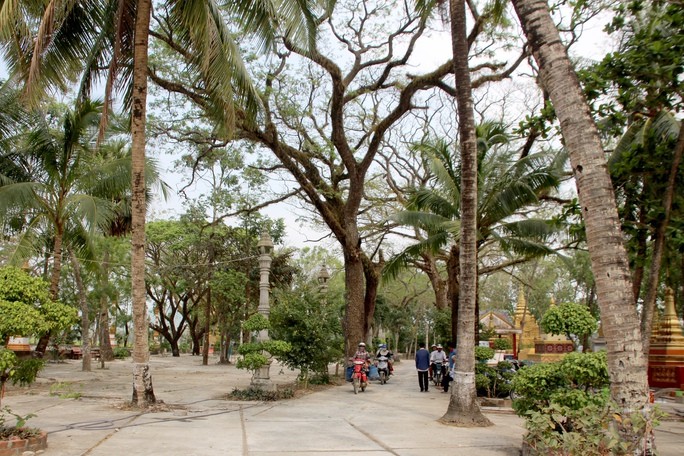 |
| Photo: NLD |
According to local legend, the deity of the mountain is believed to inhabit both of the caves at Bay Nui, resulting in many residents paying their respects through prayer. What’s more, these two caves offer a breathtaking view, particularly for those visiting for the first time. Alongside stories of gods and goddesses, there are also tales of fairies being present in the area, which only adds to the mysterious appeal of Bay Nui.
If one wants to try the local specialties or take them home as souvenirs, they can choose from, or try all of, the following: tram fruit, dried tra fish, thot not, and water coconut.
10 Best Temples in Vietnam
Temples are among Vietnam’s most popular attractions, where travellers can marvel at intricate carvings and well-preserved architecture as well as experience the local culture during their holiday. A predominantly Buddhist country, there are thousands of pagodas and shrines dedicated to the revered icon. Vietnam is also the birth place of Cao Daism, which combines teachings and practices of several beliefs, including Hinduism, Judaism, Confucianism, Christianity, Buddhism, Taoism and Islam. This selection of Vietnam’s must-visit temples lists sites in the modern cities of Ho Chi Minh and Hanoi as well as remote locales such as Hue, Ninh Binh Province and Mui Ne. Unlike most tourist spots in Vietnam, you don’t need to pay a fee to enter most of these temples, but donations are warmly welcomed. Visitors are required to dress appropriately and remove their shoes before entering prayer halls.

